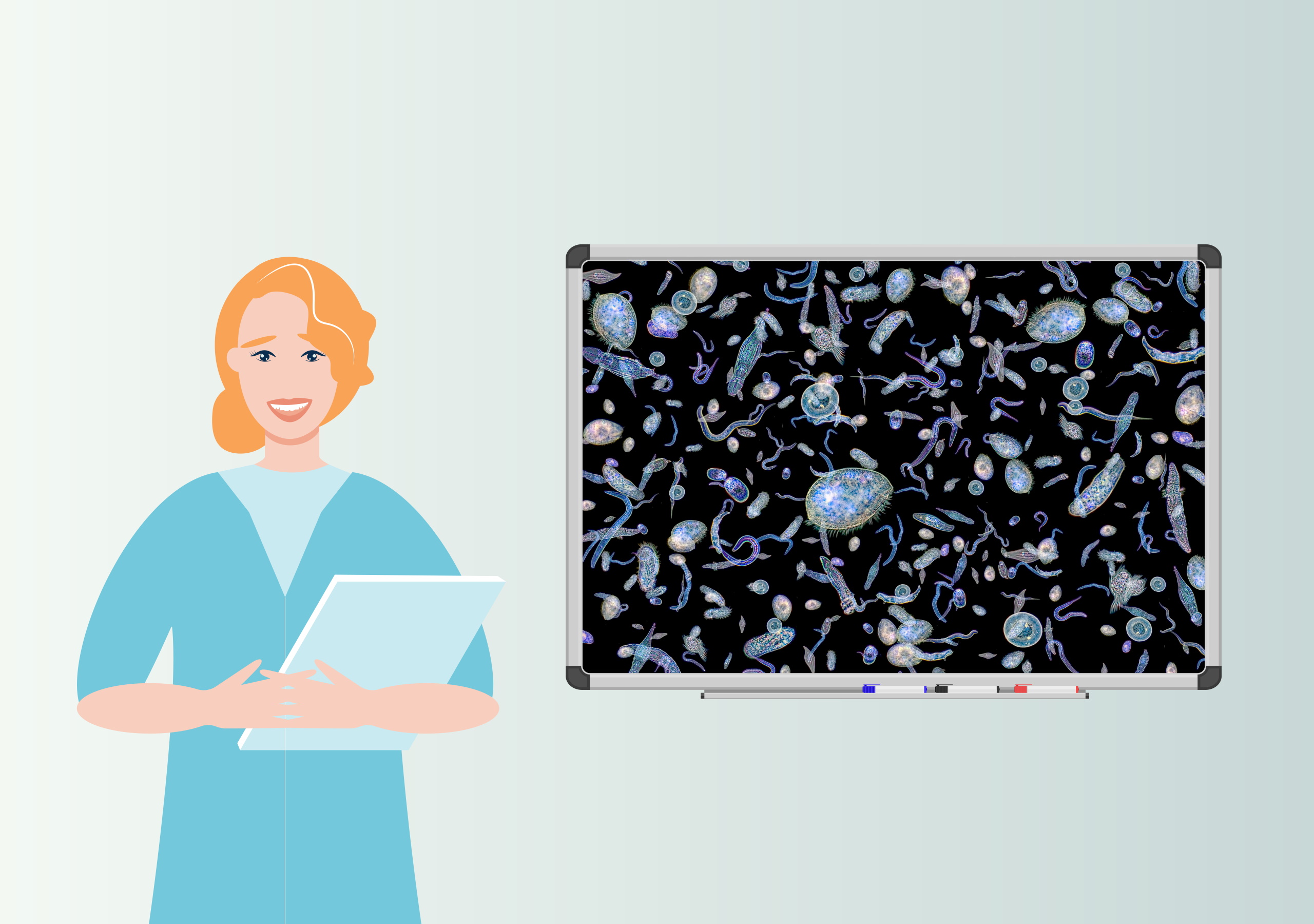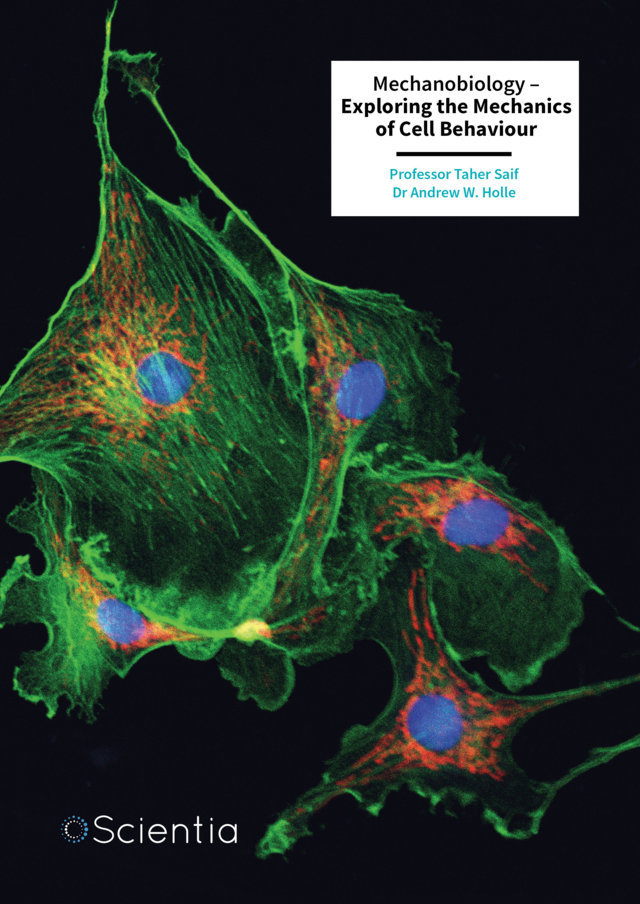Corn is a cornerstone of modern agricultural food production, particularly in North America. Humans have selectively bred such crops over generations to create better yields, improved appearance and flavor and enhanced disease resistance. However, what if we could skip these arduous rounds of selective breeding and improve a crop’s stability and reliability regardless? Deep within the genetic blueprint of every maize kernel, scientists are aiming to achieve just this. In a recent groundbreaking study, Dr. Jon Reinders of Corteva Agriscience and his colleagues have unveiled a powerful new way to create genetically improved corn, not in a lab dish, but inside the plant itself. This new method is faster, cleaner, safer, and could transform how we grow our most essential crops. More
If you’ve ever planted a tomato seed and waited months for it to grow, you know that growing plants takes time. But in commercial agriculture, time is money, and years of breeding becomes expensive. To develop the best-performing corn varieties, breeders need new plants that inherit the best combination of gene variants from each parent. Breeders create this variation by crossing two existing lines to “reshuffle” their genes, in a process known as recombination. The next challenge is then that each progeny (or offspring) needs to be genetically uniform, meaning they carry only identical copies for each inherited gene. This is known as homozygosity, and it’s crucial for producing reliable, stable crops.
The old way of achieving this was like trying to win the lottery. Breeders would cross and recross plants, carefully selecting individuals with the right mix of traits, such as drought resistance or high yields and then self-fertilize those individuals for at least six generations, and ideally, even more. But in the 20th century, scientists discovered a shortcut: doubled haploids.
So, what are doubled haploids? Put simply, each corn seed normally gets half of its genetic instructions (in the form of chromosomes) from its mother and half from its father. That gives us a full set of instructions, just like how humans inherit genes from both parents, and cells that contain a set from each parent are known as diploid cells. Cells (or organisms) that contain only half of the instructions are known as haploid.
But what if you could make a new population of progeny using only the mother’s haploid cells, wherein each haploid cell has a “reshuffled” half of the genetic instructions, and somehow make a complete copy for each one? That would result in a plant with two identical sets of chromosomes, all from one parent. This is a doubled haploid plant, and they are considered more stable for breeding and are faster to produce than plants created through multiple rounds of conventional breeding.
However, there’s a critical need with doubled haploid plants, given that haploid plants are sterile. They can’t reproduce unless their chromosomes are doubled. Traditionally, scientists use a substance called colchicine to force this doubling. Although colchicine is effective, it is not 100% effective, and it’s dangerous to humans and harmful to the environment.
And that’s not the only problem. The current method also involves painstaking lab work, growing plant embryos in artificial conditions, a process known as tissue culture, which is expensive and time-consuming.
That’s where Dr. Reinders and his colleagues have stepped in with their revolutionary solution: what if the corn plant could do all of this on its own, inside its own body? Their method replaces lab work and chemicals with a genetic switch that tells the plant to make a haploid embryo without fertilization, edit the plant’s genes while the embryo forms, and double the chromosomes naturally to make the plant fertile.
This is called in vivo genome editing of doubled haploids. “In vivo” means “in the living organism,” and in this case, it means everything happens right inside the corn plant, with no lab jars, petri dishes, or dangerous chemicals required.
This process starts with two powerful genes: BABY BOOM and CYCD2. BABY BOOM is appropriately named, as this gene causes plant cells to switch into “embryo mode,” even when they haven’t been fertilized. That means the plant can start growing a new embryo from just the egg cell, with no sperm required. This process is called parthenogenesis, and while rare in nature, scientists can now trigger it deliberately in corn. CYCD2 controls cell division. When it’s activated, it helps the haploid embryo double its chromosomes without needing any chemical intervention.
The researchers built tiny loops of genetic material, called plasmids, that deliver these genes into immature corn embryos. They also added CRISPR-Cas, the famous gene-editing tool, to make precise changes to specific genes during embryo development. Then, instead of growing these embryos in the lab, they allowed the plant to do it naturally, with impressive results.
In one trial (called DH Population 4), over 68% of the embryos successfully had their genes edited. Nearly half had both the edit and a clean removal of the editing machinery.
In another experiment (DH Population 5), the researchers tested CYCD2’s ability to restore fertility. Among transgenic plants (those that inherited the gene), about 40% became fertile without any chemical doubling treatment. This is a significant success, especially considering that traditional methods can result in anywhere from 0–40% success, depending on conditions.
They also tested a truncated version of the BABY BOOM gene, nicknamed BBM404. Although it didn’t induce parthenogenesis as effectively, it unexpectedly restored fertility in more plants than the original gene.
Finally, they combined all of these traits, parthenogenesis, fertility restoration, gene editing, and cleanup, into one powerful genetic package. The result was DH Population 10, which had a remarkable 95% editing success rate and 19.5% of plants producing seed on their own.
This new technique has significant potential. It does not require toxic chemicals, tissue culture or lengthy breeding cycles. The optimised technique enabled up to 95% editing efficiency, and the approach should be scalable for commercial breeding.
This method could significantly lower costs and speed up the development of better-performing crops, not just in corn, but potentially in wheat, rice, and other staple foods. That means more resilient crops for farmers, less pesticide use, and better food security worldwide.
And because it produces genetically uniform plants with specific edits, it allows breeders to target traits such as drought tolerance, disease resistance, or nutritional enhancements with precision and speed.
Of course, this isn’t the end of the story. As Dr. Reinders and his team note, more refinements are needed. Some genetic interactions still behave unpredictably, and regulatory frameworks for edited crops are still evolving.
There’s also the matter of public acceptance. Even though this technique can rapidly create gene edited plants, it’s still a product of biotechnology, a term that often sparks debate. But the hope is that with transparency and clear benefits, more people will see these innovations for what they are: tools to grow food better, faster, and more sustainably.
Thanks to the pioneering work of Dr. Jon Reinders and colleagues, we are entering a new era of crop science, where gene editing can change and enhance our relationship with crop breeding and food production.







